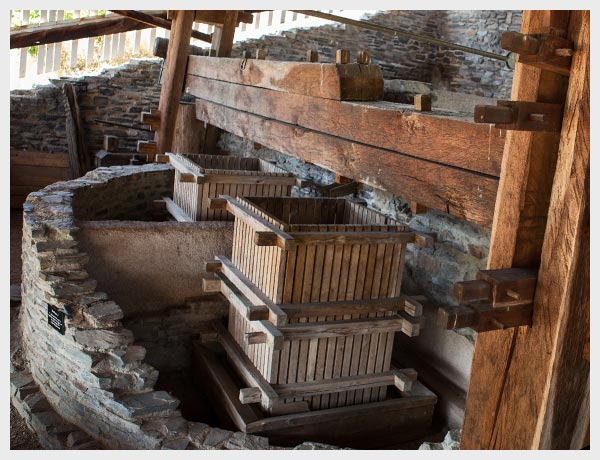
The viticulture

Since Roman times
The Moselle region is the oldest wine-growing region in Germany. Romans and Celts planted vines on the steep slopes around 2000 years ago and enjoyed Moselle wine.
Today, viticulture is still an important branch of the economy and shapes the society living here as well as the landscape.
Growing area
In terms of size, our wine-growing region takes fifth place ahead of Franconia with almost 9,000 hectares of vineyards. Today, more than 3000 winegrowers in over 100 wine villages cultivate a vineyard area with around 55 million vines along the 243-kilometre-long German Moselle between Perl in Saarland near the French border and Koblenz.

"The vine is a sun child - it loves the mountain and hates the wind."

Topography
Until 2007 the wine-growing area was called "Mosel-Saar-Ruwer". The areas of the two tributaries Saar and Ruwer with their respective vineyards, however, were united under the roof of the current brand name "Mosel".
The steep slopes that climb up from the Moselle valley in the direction of the Hunsrück and Eifel are particularly typical of viticulture at the Moselle.
Handcraft
The Moselle wine that is manufactured here is particularly work-intensive to produce because the use of machines is limited. But the effort is worth it, as the grapes get optimal sunlight on this slope. In addition, slate soils are almost exclusively found, which store the sun and release it to the vine stocks at night.





